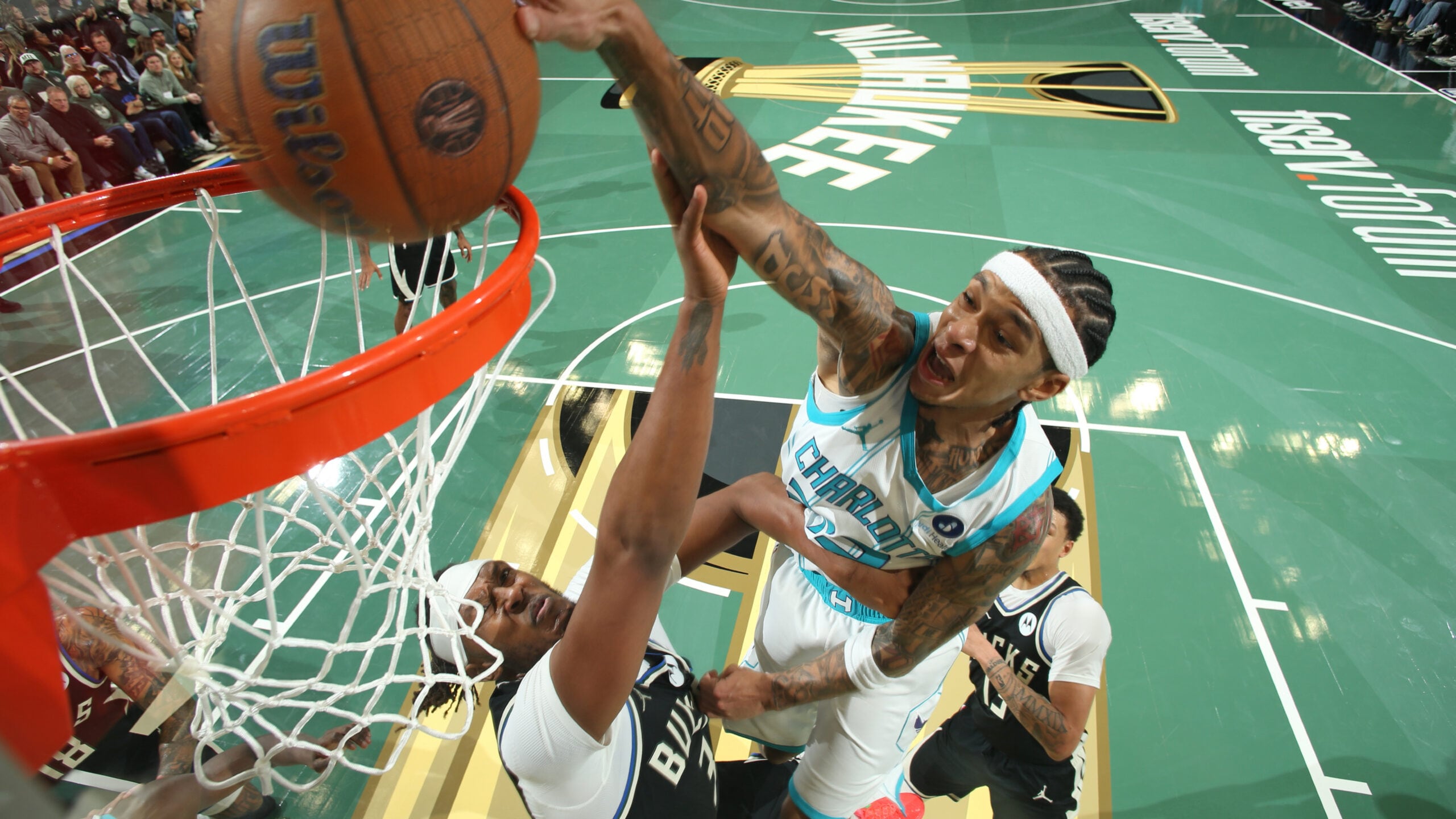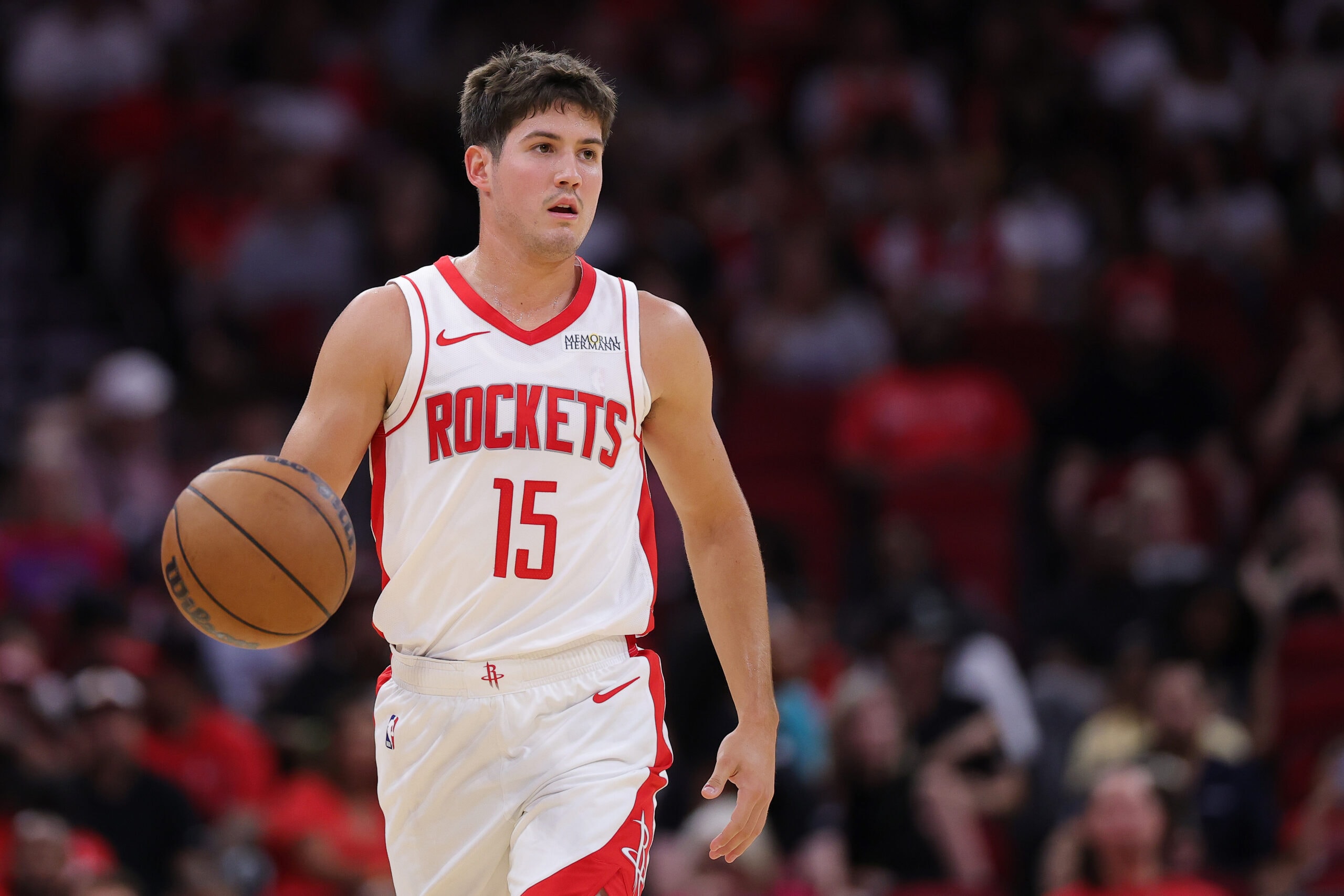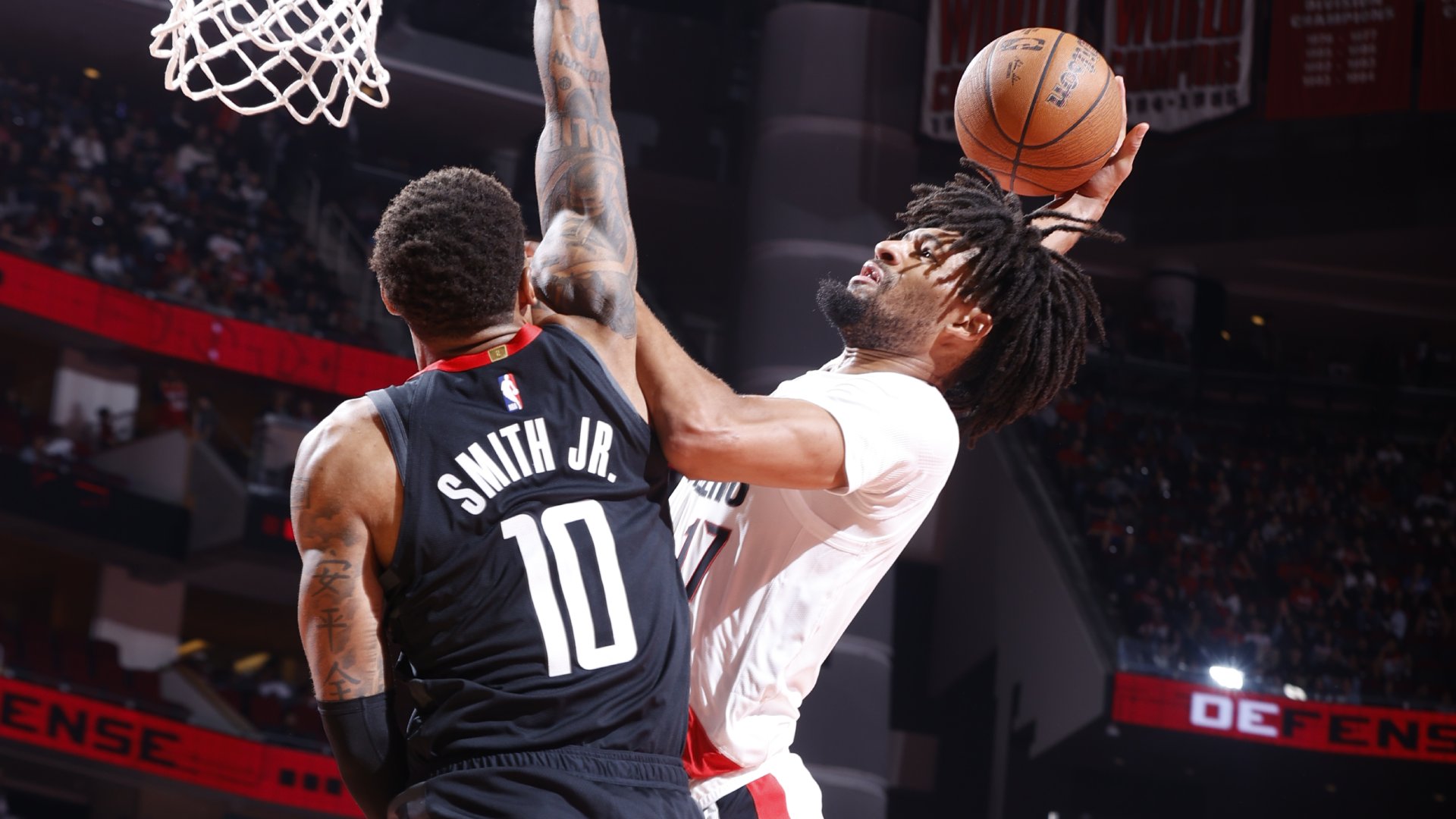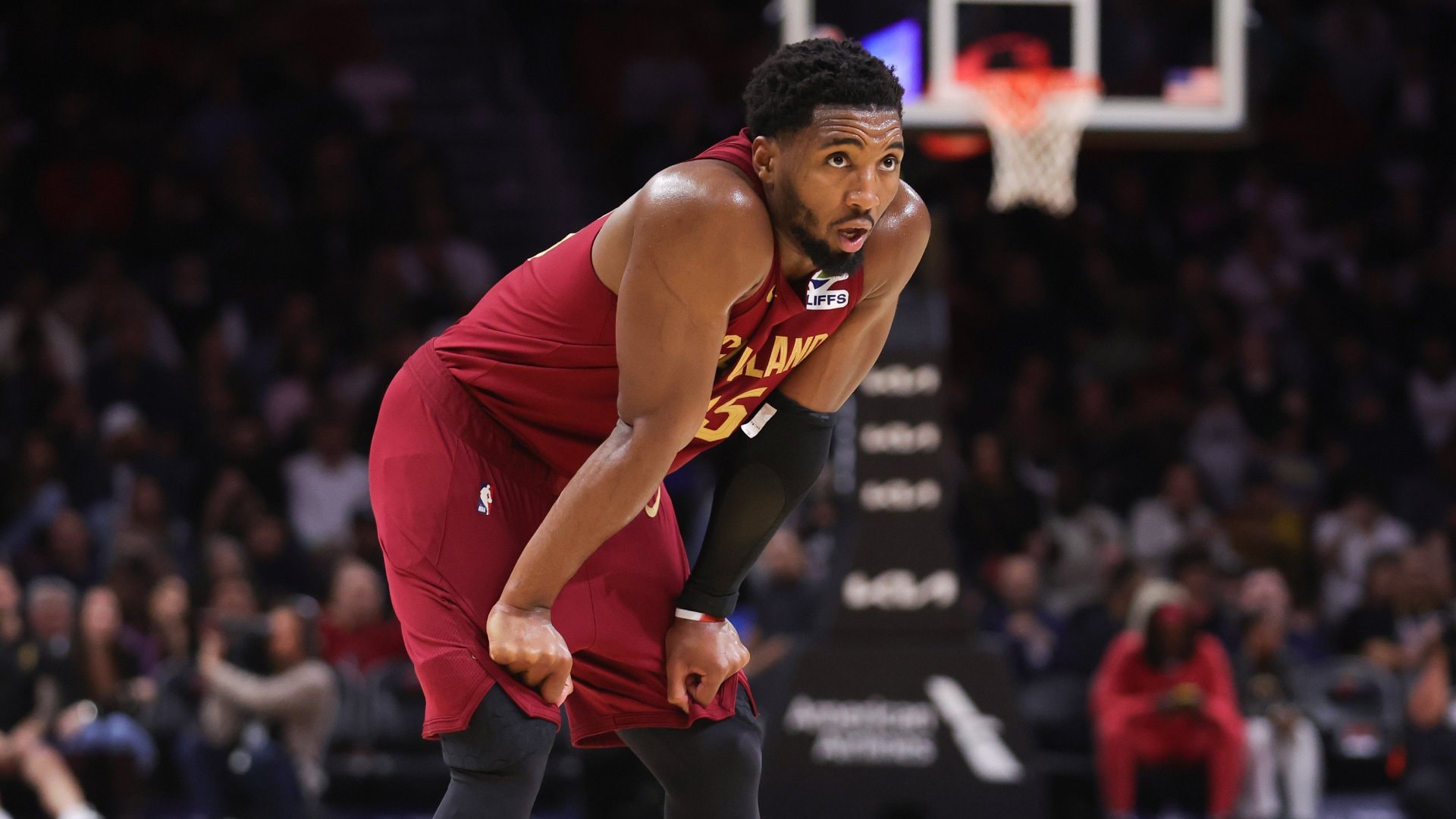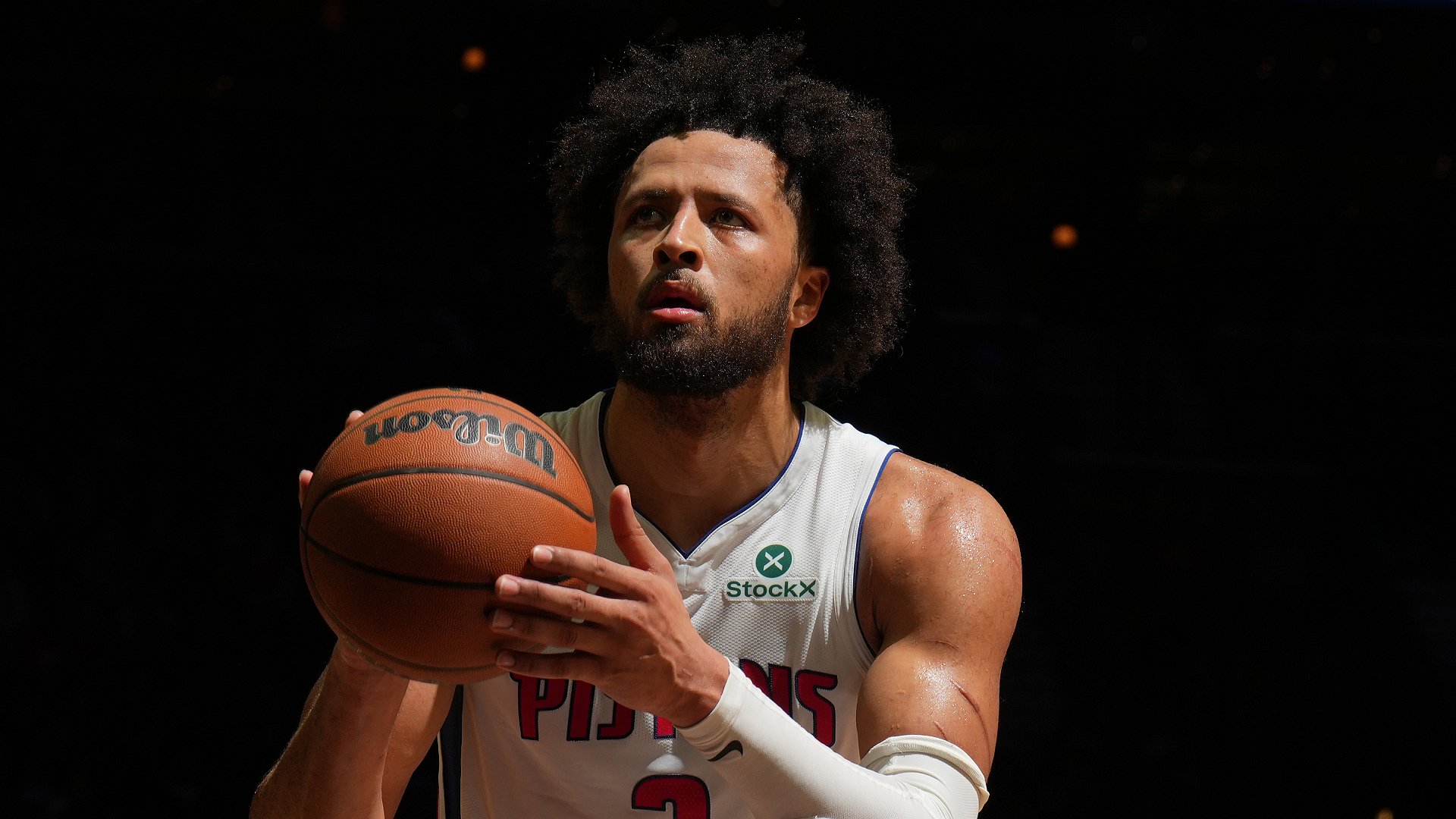
Al Horford and the Celtics connect on 50% (20-for-40) of their 3-point attempts in Game 3.
NEW YORK – It might be hard to believe given the way these playoffs have gone, but when a team leads by 20 points, it usually wins.
There was no amazing comeback in Game 3 of the Eastern Conference semifinals series between the Boston Celtics and the New York Knicks on Saturday. The Celtics built a huge lead for the third straight game and, this time, they didn’t give it up, cruising to a 115-93 victory that cut the Knicks’ series lead to 2-1.
This was the defending champs doing what they’ve done most of the time they’ve faced this particular opponent, one that they match up with favorably. They took advantage of weaker defenders, created open shots and (finally) knocked them down. Five Celtics scored at least 15 points, led by Kia NBA Sixth Man of the Year Payton Pritchard, who had 23 off the bench.
Here are some notes, quotes, numbers and film as Boston won its fifth straight game at Madison Square Garden and the road teams improved to 6-0 in the two Eastern Conference semifinals series.
1. Celtics connect from beyond the arc
After two games of struggles, the Celtics start connecting early and often in Game 3.
Games 1 and 2 were about the Celtics’ offense scoring less than a point per possession, despite getting better shots than the Knicks, with the offense looking particularly anemic as Boston blew two 20-point leads after halftime.
In Game 3, the Celtics looked a lot more like the team that ranked second offensively in the regular season, with their 115 points on just 89 possessions being their most efficient performance in the playoffs.
Their turnover rate was lower than it was in Games 1 or 2, but the improved efficiency was mostly about the Celtics making open shots.
After shooting just 12-for-48 (25%) on wide-open 3-pointers through the first two games, the Celtics were 12-for-19 (63%) on wide-open 3s on Saturday, according to Second Spectrum tracking. Pritchard (5-for-8) made as many wide-open 3s in Game 3 as the entire team did three days earlier.
When asked why his team was able to keep the Knicks from making a comeback on Saturday, Celtics coach Joe Mazzulla pointed to everything but shooting.
“Not having live-ball turnovers,” he said, “valuing the basketball, rebounding and not putting them to the free throw line.”
But the team that has won the possession game (getting more shots and trips to the line) is now 0-3 in this series. While the Celtics had just 12 turnovers in Game 3, the Knicks had only 11. And New York won the rebounding battle for the first time.
The ‘ol “make-or-miss league” thing can feel simplistic, but sometimes … it really is a make-or-miss league.
2. Celtics’ defense comes up big inside
On the other end of the floor, this is a matchup of a top-five offense and a top-five defense. Thus far, the top-five defense has won, with the Celtics having held the Knicks to just 101.4 points per 100 possessions over the three games. That’s 15.9 fewer per 100 than New York scored in the regular season and 8.4 fewer than it scored in the first round.
And while 3-point shooting (20-for-40 vs. 5-for-20) was the big difference in this game, the Knicks also couldn’t score inside consistently. They outscored the Celtics, 48-34, in the paint, but those 48 points came on 48 shots.
Shooting 50% in the paint is not good. The league average in the paint this season was 57.1% with the worst paint-shooting team (Charlotte) at 52.0%. And this was just the 14th time in their 91 games that the Knicks (eighth in the regular season at 58.5%) have shot 50% or worse in the paint.
Three of those 14 games (including Game 1 in this series) have come against the Celtics, who ranked second in opponent field goal percentage in the paint (54.8%) in the regular season and are now 24-2 when their opponent has shot 50% or worse inside.
That paint defense on Saturday included some spectacular blocks. The Celtics had eight blocks from five different players in Game 3.
After totaling 39 transition points in Games 1 and 2, the Knicks had just eight in Game 3, according to Synergy tracking. And the Celtics’ first block was Luke Kornet smothering a transition attack from Josh Hart early in the second quarter:

Rim protection isn’t just for the bigs, and Derrick White got into the act when he was seemingly beat by Jalen Brunson on a back-door cut later in the second:

Great effort, great timing. And the Knicks are now 5-9 when they’ve shot 50% or worse in the paint.
3. Knicks starting slow, not getting enough from starting group
The Knicks can't keep the Celtics on tilt, and locking down Boston's open looks will be a Game 4 key.
Comebacks are cool, but comebacks can’t be counted on, especially when you’ve already set the record (in the 29 years of play-by-play data) for most comebacks from 20 points down in a single playoff series.
If the Knicks are going to win this series, they’ll need to get off to better starts. They’ve lost the last two first quarters by a total of 27 points and have scored just 58 points on 72 first-quarter possessions (0.81 per) in the series.
“We need to play with more of a sense of urgency,” Jalen Brunson said, “The first half needs to be a lot better. We cannot play catch-up with a team like this … consistently.”
“I just don’t think we want to be in a 20-point hole each game. It’s not going to suit us well.”
The Knicks rely heavily on their starting lineup, but that lineup has not been very good. It’s now been outscored by 29 points in its 68 minutes in this series, having scored an anemic 90.4 points per 100 possessions on offense.
Mitchell Robinson’s minutes off the bench were terrific in Games 1 and 2, but he contributed to the early, offensive woes on Saturday, shooting 0-for-4 from the line (he finished 4-for-12) when the Celtics fouled him intentionally.
4. Back-to-back possessions illustrate Celtics’ inconsistency
The Celtics’ favorite action in this series has been a ball-screen for Jayson Tatum from whomever is being defended by Karl-Anthony Towns. There were several of those in the second quarter on Saturday, with two back-to-back possessions illustrating Tatum’s decision-making inconsistency.
On the first, Towns blitzed the screen and OG Anunoby stuck with Tatum, leaving Al Horford alone at the top of the 3-point line. Tatum didn’t give up the ball and, instead, turned it over:

On the very next possession, Horford set another screen for Tatum. Towns and Anunoby both came to the ball again. But this time, Tatum made the right play, getting it back to Horford for a wide-open 3-pointer:

Sometimes, the right play doesn’t lead to the best results. There were two straight possessions in the third quarter where Tatum got off the ball even quicker and both led to wide-open 3-point attempts, one from Derrick White and the second from Horford. But both shots were off the mark.
Tatum and Jaylen Brown can make big plays, but the right plays generally lead to the Celtics’ best shots.
5. Early offense is good offense
While the Knicks had just eight transition points in Game 3, the Celtics had 20, their high for the series, according to Synergy.
Their offense is about seeking mismatches and the best time to seek them is in transition. Sometimes, that was Brown or Tatum attacking Brunson when they got a transition cross-match. Sometimes it was a big establishing early post position.
Late in the first quarter and after a made bucket on the other end of the floor, Horford had Miles McBride in the post. The Knicks didn’t double-team the mismatch, but they were scrambled.
Robinson lost Kristaps Porziņģis, who found space on the baseline. And as Robinson recovered, he could only foul the Celtics’ 7-footer:

For Mazzulla, early offense is as much about the spacing as the matchups.
“When you can dictate a sense of tempo by getting out to your spacing as quickly as possible,” he said, “then it’s easier to see the reads that are there. We were deliberate in that tonight, decent in the first two games, but it was better tonight.”
When the Celtics are at their best at making shots, they’re the better team. But they still trail this series 2-1 and still need at least one more road win. Their next chance is in Game 4 on Monday (7:30 ET, ESPN).
* * *
John Schuhmann is a senior stats analyst for NBA.com. You can e-mail him here, find his archive here and follow him on X.
The views on this page do not necessarily reflect the views of the NBA, its clubs or Warner Bros. Discovery.





